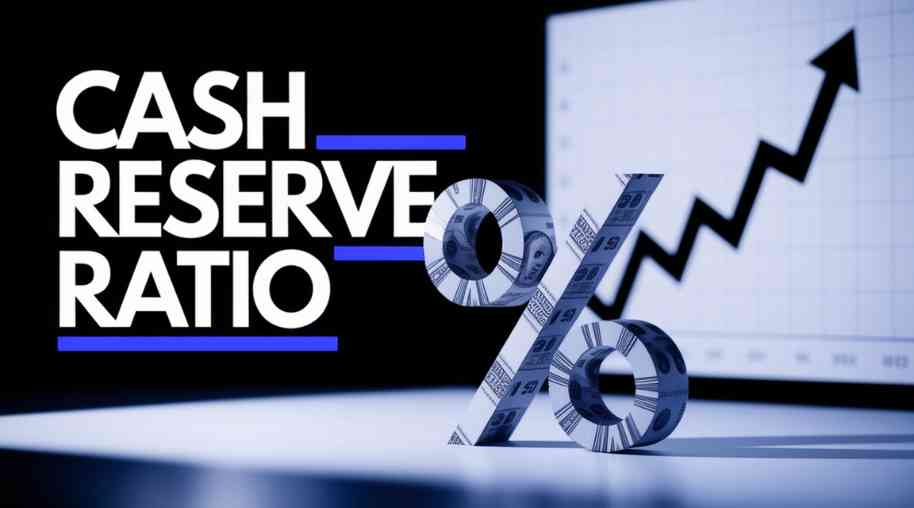CRR Full Form - Cash Reserve Ratio
by Shashi Gaherwar
0 1613
Cash Reserve Ratio (CRR): Importance, Impact, and Role in Monetary Policy
The Cash Reserve Ratio (CRR) is a key monetary policy tool used by central banks, like the Reserve Bank of India (RBI), to regulate liquidity, control inflation, and ensure financial stability by mandating banks to hold a percentage of deposits as reserves.

This article explores the CRR’s significance, economic impact, and role in monetary policy.
What is the Cash Reserve Ratio?
The Cash Reserve Ratio (CRR) is the percentage of a bank’s Net Demand and Time Liabilities (NDTL) held as cash reserves with the central bank, per the RBI Act, 1934. These non-lending reserves act as a buffer against financial instability.
Objectives of CRR
The CRR serves critical goals:
- Regulating Liquidity: Controls money supply in the economy.
- Inflation Control: Reduces excess liquidity to curb inflation.
- Banking Stability: Prevents liquidity crises.
- Monetary Policy Implementation: Supports effective policy execution.
- Preventing Bank Failures: Ensures liquid cash availability.
How CRR Works in Monetary Policy
The CRR influences the economy through:
- Liquidity: Higher CRR reduces lending capacity; lower CRR boosts credit supply.
- Inflation Control: Higher CRR curbs inflation; lower CRR may spur economic growth but risks inflation.
- Interest Rates: Higher CRR raises rates; lower CRR makes borrowing cheaper.
CRR vs. Other Monetary Policy Tools
The CRR differs from other tools:
- Statutory Liquidity Ratio (SLR): Requires reserves in cash, gold, or securities to regulate credit growth.
- Repo Rate: Rate for central bank lending to banks, affecting borrowing costs.
- Reverse Repo Rate: Rate for central bank borrowing, absorbing excess liquidity.
Effect of CRR Changes on the Economy
CRR adjustments impact the economy:
- Increasing CRR:
- Reduces credit, raising interest rates.
- Controls inflation but may slow growth.
- Prevents asset bubbles.
- Decreasing CRR:
- Increases lending, lowering interest rates.
- Boosts growth but risks inflation.
- Encourages investment.
CRR in India: Role of the RBI
The RBI leverages CRR to:
- Adjust rates based on economic conditions.
- Enforce daily CRR compliance with penalties for violations.
- Combine CRR with repo rates and open market operations for stability.
Challenges in CRR Implementation
CRR faces challenges:
- Reduced Bank Profitability: Limits lending funds, impacting profits.
- Rigid Tool: Immediate impacts make fine-tuning difficult.
- Limited Impact: Less effective in economies with alternative credit sources.
Future Trends and Developments
Future CRR enhancements may include:
- Digital banking data for precise liquidity forecasting.
- Fintech for real-time CRR monitoring.
- Flexible CRR mechanisms adjusting to market conditions.
The Cash Reserve Ratio (CRR) is a vital tool for regulating liquidity, controlling inflation, and ensuring banking stability. Strategic use alongside other monetary tools optimizes economic outcomes, fostering growth and resilience.
Further Learning Resources
If you’re passionate about building a successful blogging website, check out this helpful guide at Coding Tag – How to Start a Successful Blog. It offers practical steps and expert tips to kickstart your blogging journey!
For dedicated UPSC exam preparation, we highly recommend visiting www.iasmania.com. It offers well-structured resources, current affairs, and subject-wise notes tailored specifically for aspirants. Start your journey today!

Share:








Comments
Waiting for your comments